Advertisement
Human Expenditure Program
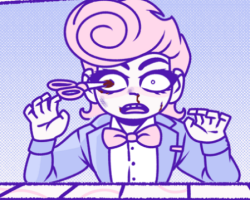
Human Expenditure Program is a sequel that transforms the simplicity of a clicker game into a study of consequence and survival. It brings Harvey Harvington back into focus, positioning him once again at the center of a system where every press of a button generates income at an unseen cost. Unlike most idle games that celebrate endless progress, this title places the player in a moral loop, asking whether efficiency and profit are worth what is lost along the way.
Story And Atmosphere
The story in Human Expenditure Program unfolds slowly, often without direct explanation. Harvey’s expressions, the booth itself, and the subtle changes in the environment reveal pieces of a larger narrative. The progression suggests that this is more than a simple experiment in earning money—it is a commentary on how value is measured and who pays the price. The mood is dark but restrained, leaving much for the player to interpret.
Mechanics And Choices
Clicking remains the foundation of the gameplay, but upgrades and branching outcomes give each run weight. Some improvements lead to faster growth, while others carry unexpected narrative consequences. The player is free to chase efficiency or to slow down and explore alternatives, but each decision leaves a mark on Harvey and the unfolding story.
Core aspects of Human Expenditure Program include:
- Clicking as the main action tied to progress.
- Upgrades that influence speed, tone, and outcomes.
- Harvey Harvington as the focal point of interaction.
- Shifting atmosphere that responds to player behavior.
- Multiple endings that encourage replay and reflection.
Player Perspective
For players, the experience is a mixture of curiosity, tension, and unease. What begins as a routine idle game quickly turns into something more personal, as Harvey’s reactions remind you of the consequences of your actions. The sense of responsibility grows with each milestone, making even simple upgrades feel like moral decisions. This emotional weight adds depth rarely found in the genre, keeping players engaged beyond the mechanics.
Significance In Indie Design
Human Expenditure Program demonstrates how small mechanics can deliver big impact when combined with atmosphere and narrative. It challenges the expectation that clicker games are purely lighthearted or mindless by embedding meaning into repetition. As a continuation of Blood Money, it expands the world and deepens its themes, while standing on its own as a reflection on cost, survival, and complicity. Within indie gaming, it shows how minimalism can still provoke thought and leave a lasting impression.
Advertisement





























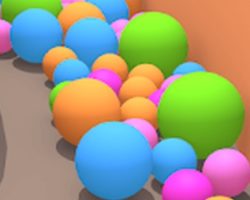

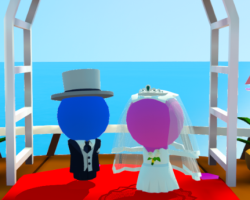

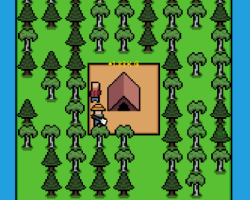


















































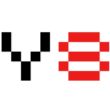

Comments